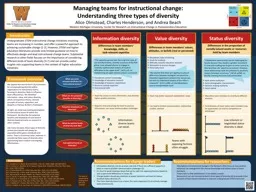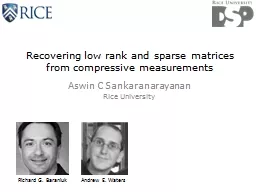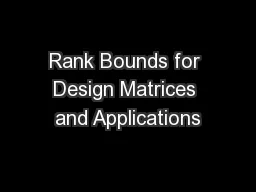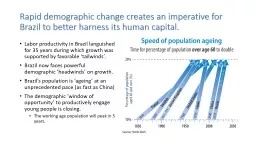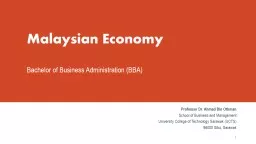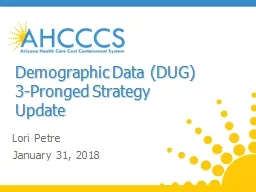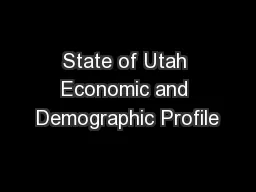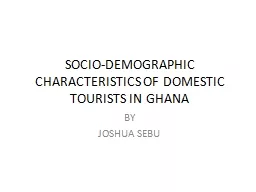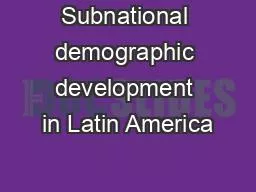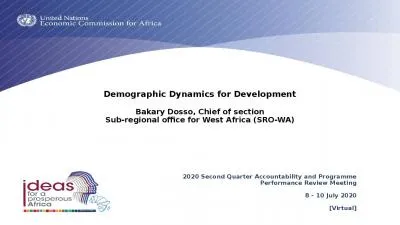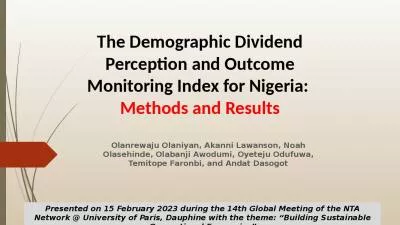PPT-Rank within institution Socio-demographic characteristics
Author : briana-ranney | Published Date : 2019-06-24
Decisionmaking authority Social capital May allow team members to contribute different amounts Contributions of lower status team members may be suppressed can
Presentation Embed Code
Download Presentation
Download Presentation The PPT/PDF document "Rank within institution Socio-demographi..." is the property of its rightful owner. Permission is granted to download and print the materials on this website for personal, non-commercial use only, and to display it on your personal computer provided you do not modify the materials and that you retain all copyright notices contained in the materials. By downloading content from our website, you accept the terms of this agreement.
Rank within institution Socio-demographic characteristics: Transcript
Download Rules Of Document
"Rank within institution Socio-demographic characteristics"The content belongs to its owner. You may download and print it for personal use, without modification, and keep all copyright notices. By downloading, you agree to these terms.
Related Documents

